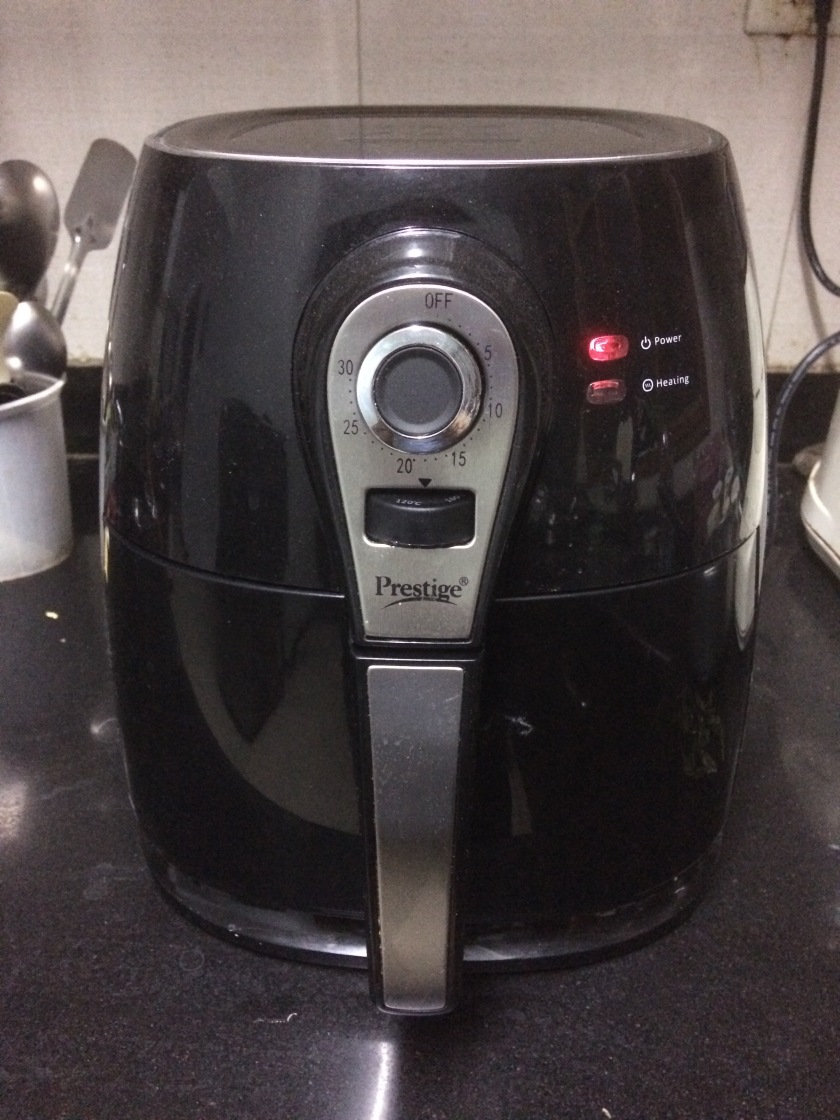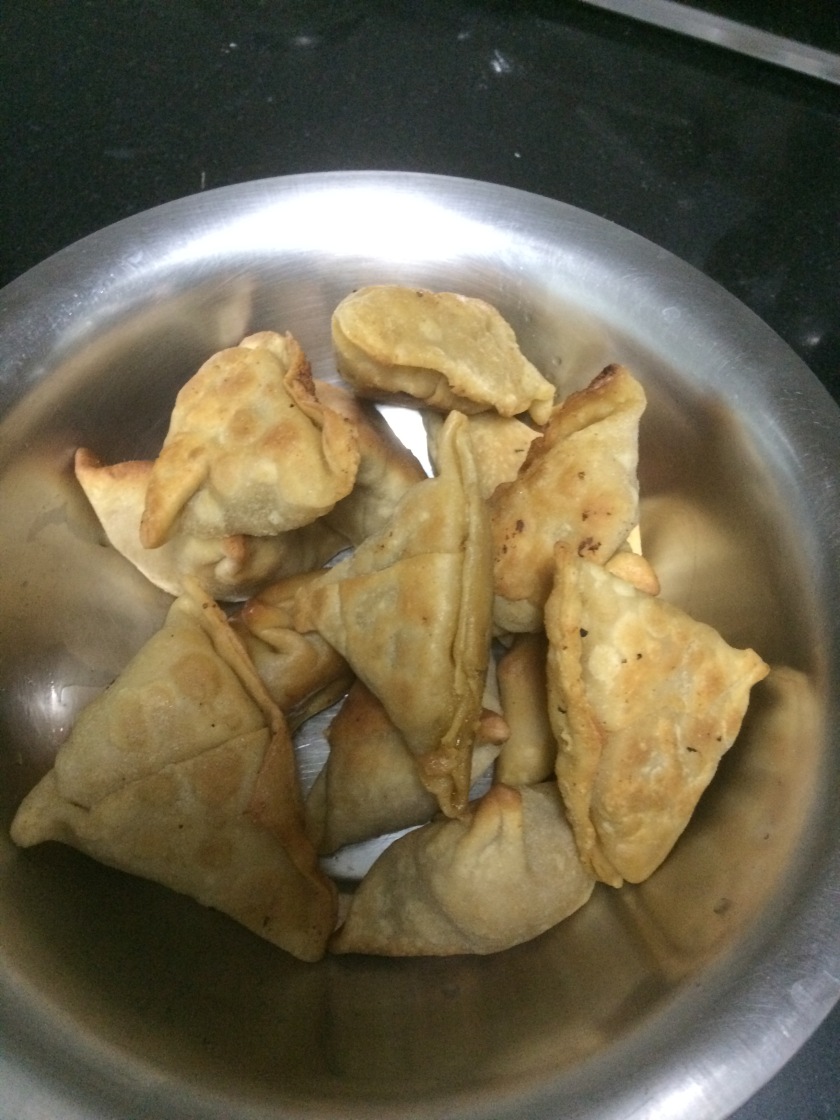The Twin Vidyas – Para and Apara
When my elder son was around one and a half years old, one afternoon while playing with his grandma he was continuously repeating ‘ami ke? Bibu’ – ‘Who am I? Bibu’ – for quite a long time. I was so amused that he was learning to identify himself with the name. Most of us are habituated to identify ourselves with our name and our physique. So much so it becomes the main cause for all the fights of our ‘little ego’. From the childhood we love our name and the identity so much that one fine day when we Indian ladies are getting married and are told that from now on you have a new name, new family, new identity it takes us quite some times to recover from the shock.
But do we know who really we are! Sri Ramakrishna says that the knowledge about our ‘reality’ is veiled by ‘egotism’ which is what called ‘Maya’. Jiva is the embodiment of Satchidananda. Advaita Vedanta tells us ‘Jiva is non-different from Brahman.’ It tells we are not just this name & form and the actual purpose of our life is to search ‘Who am I?’ In many of his talks Swami Vivekananda said, “If only you knew who really you are!” Sri Sri Thakur told to his inner circle “you should only know who am I? Who are you? and what is the relation between you and me.” Panchadasi tells then we would experience that permanent unchanging bliss. Because then we would complete what we could do in this life, we would achieve what we could get and we would know what is there to be known.
Any type of knowledge that helps us in this mundane world is ‘apara vidya’, as they just give us some information. It does not become real knowledge unless it goes into the being. Inside each one of us there is a ‘being’ called ‘Atman’. This knowledge of self does not require anything else, not even the belief in the existence of God.
Am I the ‘Body’?
There are different techniques in different Upanishads to get this knowledge. In the Thirteenth Chapter of Bhagavad Gita Sri Krishna tells Arjuna ‘this name and form is not the real you – it is just the ‘Kshetra’ or the field of knowledge and the inner dweller who knows this, is the ‘Kshetragna’.
We must realize that the ‘field’ and the ‘knower of the field’ are different – just as the eye is different from the things it sees. We always need some distance to see an object. Also the scene or the object of knowledge can change but the seer or the knower is eternal and unchanging.
So we can never be the body as the body is changing with time. One famous Hollywood actress was once asked about the secret of her beauty. She replied “Oh, its all pasta.” This gross body or ‘annamaya kosh’ is just made up of the food we eat. It passes through ‘Shadavikara’ – it borns, exists, grows, changes, decays and die. So it can never be the true ‘I’.
Am I the ‘Mind’?
Then can it be our mind? But we witness the changes of the mind as well. As we grow old our mind gets new ideas and we become matured and our perceptions change. Something inside us witnesses these changes.
Every religion in this world believes a life after death. The death occurs to the gross body. But something inside lives even after the body dies, that is the sukshma sarira or the subtle body. This subtle body is made up of the ‘pranamaya kosha’, ‘manamaya kosha’ and the ‘vignanmaya kosha’ – the five pranas (the life forces) and the mana (mind), chitta (the storehouse of experiences), buddhi (intellect) and ahamkara (‘I’ness). When we take rebirth this subtle body takes up another new gross body just like we put on a new cloth when we outgrow the older one. So this subtle body also cannot be the real ‘I’. Even the Karana sarira or the causal body made up of the ‘anandamaya kosha’ is not the real ‘I’. The indweller also experiences that ‘bliss’ in the ‘sushupti’ or the deep sleep state. So the real ‘I’ is beyond all the five sheathes.
The cycle of birth and death goes on and on unless we get the knowledge of the real ‘I’. But we know that somewhere there is an eternal life which death cannot deter. Like a masked deer we look around here and there in search of the ‘sweet fragrance’, ignorant of the fact that it is actually right inside us.
What is ‘Atman’?
Ignorance is darkness and the knowledge is light. If the knowledge that ‘I am that ‘Atman’ ‘Aham Brahmasmi’’ dawns on us the darkness of ignorance would vanish at once. It is like the room locked for thousand years is illuminated by just igniting one match stick.
Once we have the knowledge of ‘Atman’ we realize that the same ‘Atman’ dwells everywhere. The perception of seeing the world also changes altogether. Sri Ma said, “I see Thakur has become all.” Once Swami Vivekananda was standing at the balcony of New York Railway Station looking at the people passing by the road below with a beaming face. His companion asked him whether he is amused to see so many people clad with different colored dresses! Swamiji immediately replied that he was wondering to see the same ‘Chaitanya’ taking so many different forms. We say one Sun in the sky and the ten reflected suns into the ten pots. Similarly, a man of knowledge sees one indivisible indestructible ‘Atman’ is reflected into every object of the universe. As Sri Bhagaban says in the Bhagavad Gita –
नैनं छिन्दन्ति शस्त्राणि नैनं दहति पावकः ।
न चैनं क्लेदयन्त्यापो न शोषयति मारुतः ॥
The soul can never be cut into pieces by any weapon, nor can he be burned by fire, nor moistened by water, nor withered by the wind.
Reflection on ‘Who am I’
We have the civil laws to punish the criminals and prevent the recurrence of the crime. But Vedanta says a man of knowledge can never do any wrong to anybody because he knows that the ‘other person’ is just ‘me in another form’. The last advice of Holy Mother was, “But I tell you one thing—if you want peace of mind, do not find fault with others. Rather see your own faults. Learn to make the whole world your own. No one is a stranger my child: this whole world is your own!”
All the religions preach this same truth. The 13th Century Persian poet Rumi said, ‘Not that you are a drop in the ocean but you are the ocean in the drop.’ The Sufi saint says in the search of ‘who am I’, I found my ‘Allah’. This is why Jesus could never utter any word of condemnation against anyone. He taught us to ‘Love thy neighbor as thyself.’
But for us, ‘samsari jivas’, these are just words of scriptures. The samskaras gathered over all the previous births veil the real truth and prevents us to realize our real ‘self’. We superimpose the idea of ‘snake’ on the ‘rope’ and thought the snake to be real.
With selfless works and prayers and meditation only we can prepare our mind to actually be fit enough to ask the question ‘who really am I?’
Finally, I finish with the prayer –
যদি তোমার দেখা না পাই, প্রভু, এবার এ জীবনে
তবে তোমায় আমি পাই নি যেন সে কথা রয় মনে।
যেন ভুলে না যাই, বেদনা পাই শয়নে স্বপনে॥
If it is not my portion to meet thee in this life then let me ever feel that I have missed thy sight— let me not forget for a moment, let me carry the pangs of this sorrow in my dreams and in my wakeful hours.
Reference:
1. Swami Sarvapriyananda: Ami ke? Advaita Ashram, Kolkata, 2015. https://youtu.be/8ZCJcsNI-Vg
2. Swami Vimokshananda: Part 3 of talk “ Four Yogas of Bhagavad Gita”; Nivedita House, Dublin, 2020. https://youtu.be/0_0uIjgwWyk


